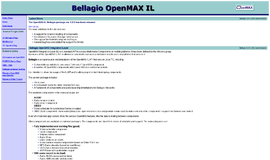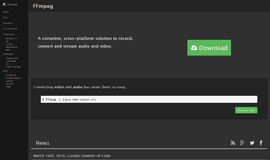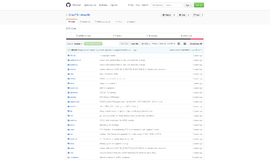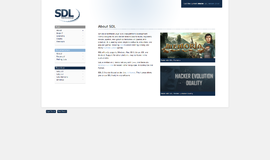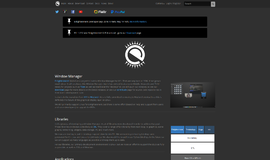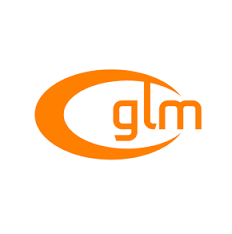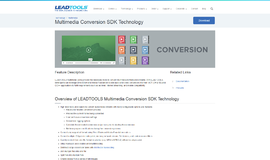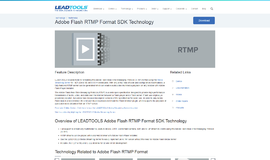
What is it all about?
X.Org is a free and open source implementation of the X Window System. in addition the display server it include also the client libraries (like Xlib and XCB), accessories for developers and users, and the rest of the components required to run an entire X Window System architecture.
Key Features
• Multi-touch events are supported for touchpads and touchscreens which can report position information on more than one finger providing input at the same time, such as found on many tablets and recent laptops. These are exposed by Xorg server 1.12 and later via the Xinput extension version 2.2. • Additional Xinput extension features were introduced in version 2.1, as supported in Xorg server 1.11, including allowing clients to track raw events from input devices, additional detail in scrolling events so that clients may perform smoother scrolling, and additional constants in the Xlib-based libXi API. • More progress has been made on the X.Org Documentation modernization - the rest of the library and protocol specifications have been converted to DocBook XML from the variety of formats they were previously in, and support for cross-linking between documents hase been added. On most systems these documents will be installed under /usr/share/doc/. They are also posted on the X.Org website at http://www.x.org/releases/X11R7.7/. • Fence objects are available in Version 3.1 of the Synchronization (“Sync”) extension. These allow clients to create a object that is either in “triggered” or “not-triggered” state, and to perform actions when the object becomes triggered. When a client requests a fence be triggered, the X server will first complete all rendering from previous requests that affects resources owned by the fence's screen before changing the state, so that clients may synchronize with such rendering. Support for these has been added to both the libxcb-sync and libXext API's. • Pointer barriers were added by X Fixes extension Version 5.0. Compositing managers and desktop environments may have UI elements in particular screen locations such that for a single-headed display they correspond to easy targets, for example, the top left corner. For a multi-headed environment these corners should still be semi-impermeable. Pointer barriers allow the application to define additional constraint on cursor motion so that these areas behave as expected even in the face of multiple displays. • The XCB libraries have begun adding support for the GLX and XKB extensions. This work is not yet complete in this release, and not all of the functionality available through these extensions is accessibile via the XCB APIs. Some of this effort was funded by past Google Summer of Code projects. • Video and input driver enhancements.
Resources
Resource Type |
Link |
|---|---|
| wikipedia | https://en.wikipedia.org/wiki/X.Org_Server |
Compare Products
Select up to three two products to compare by clicking on the compare icon () of each product.
{{compareToolModel.Error}}



